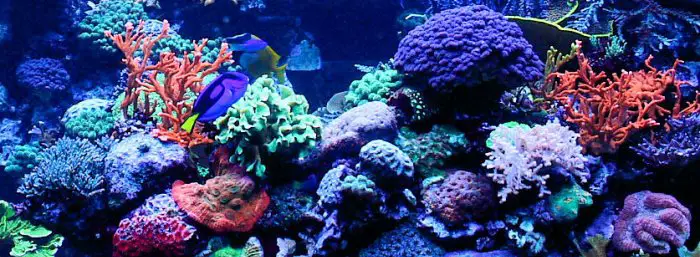Back Reef Zone
The back reef zone (also commonly called the lagoon) of coral reef ecosystems lies immediately shoreward of the innermost margin of the reef crest zone, and extends all the way to the shore.
Although often not even considered part of “the reef” by the uninitiated, this zone (like the others) is an integral part of coral reef ecosystems. It contains a variety of shallow water habitats that play vital roles in the lives of many reef associated species and the coral reef food web.
The back reef (lagoon) contains a mixture of habitat types.
Portions of the back reef zone may be exposed at low tide, and (compared to other coral reef zones) experiences comparatively large temperature and salinity variations, reduced water circulation, and considerable sediment accumulation. The main habitat types found in the back reef zone include patch reefs, sand flats, seagrass meadows, and sometimes mangrove forests.

